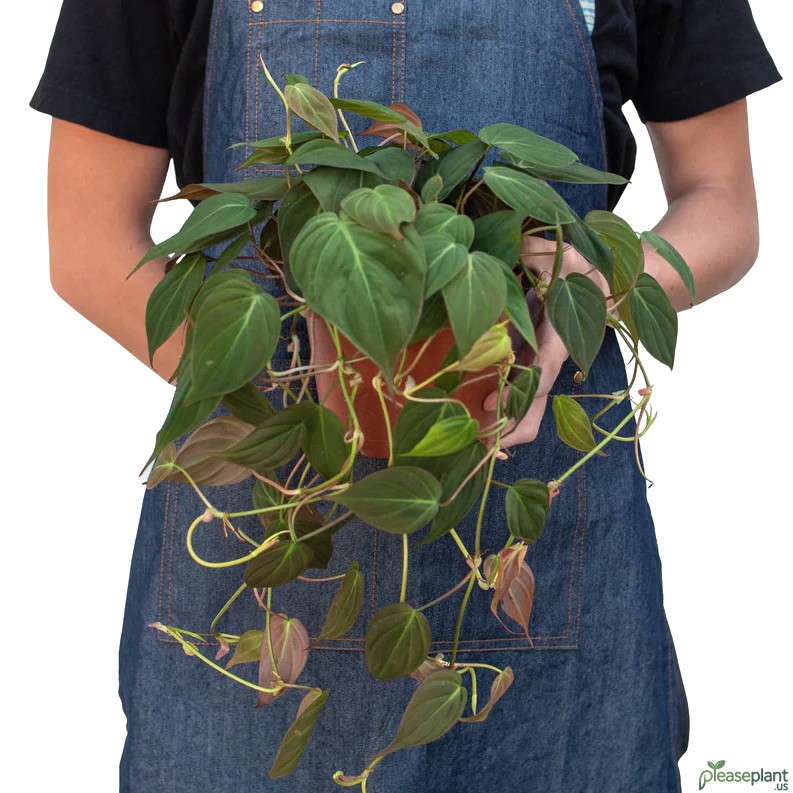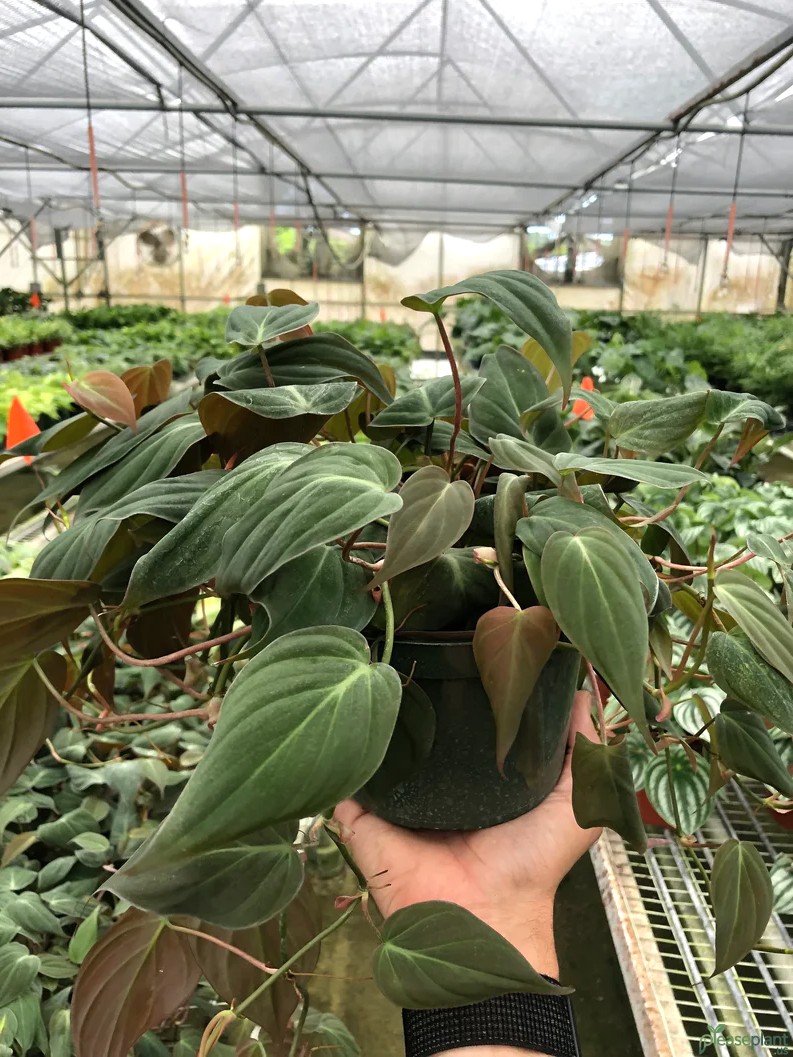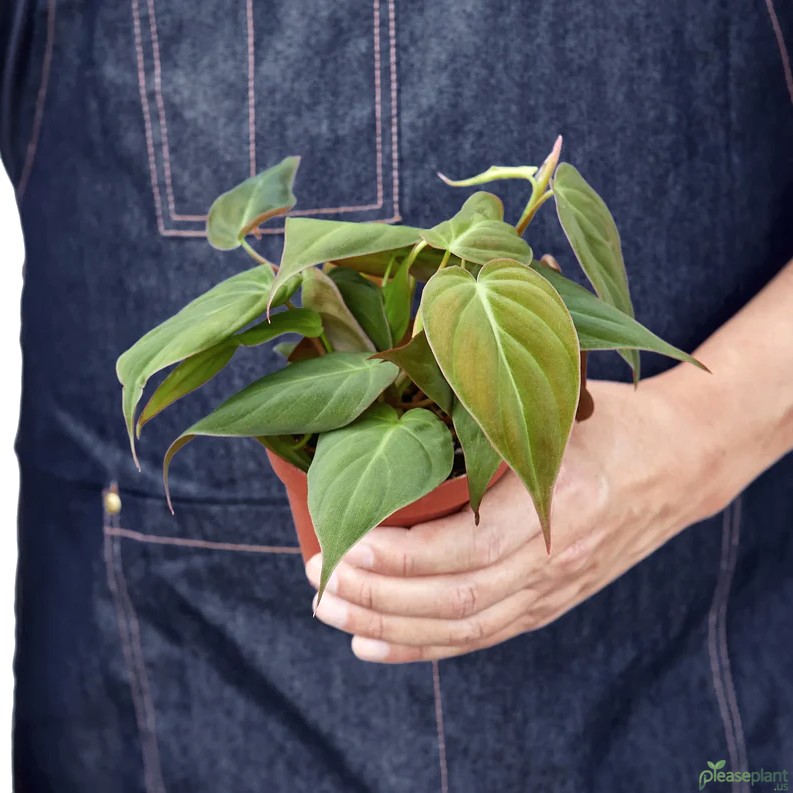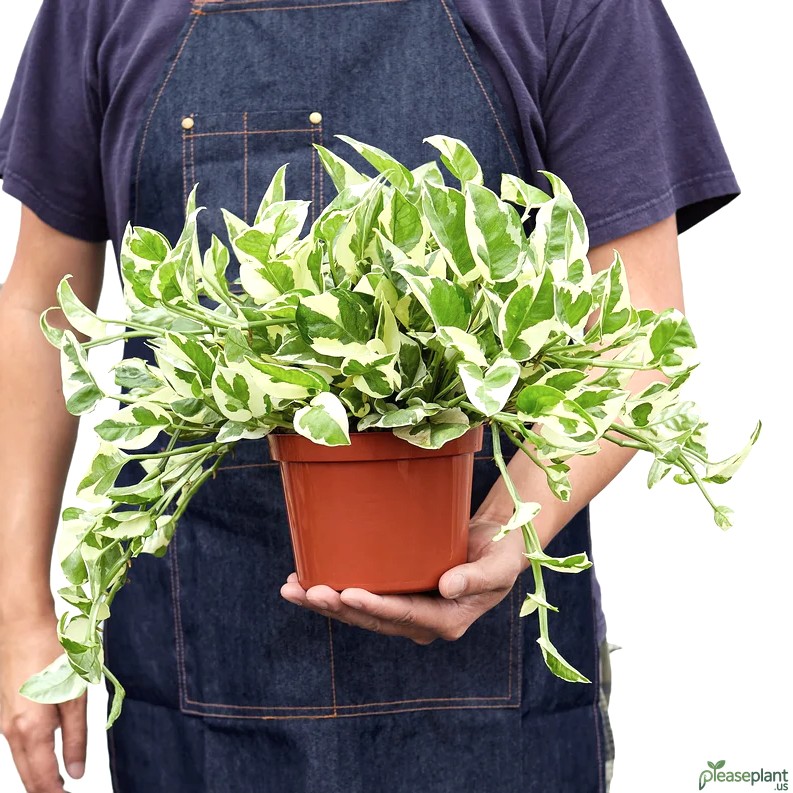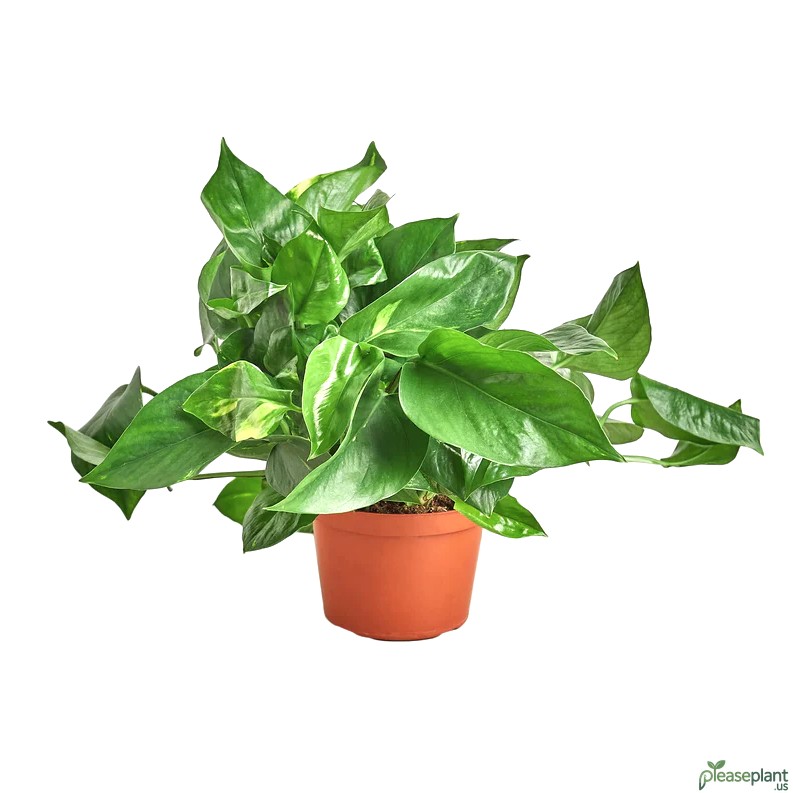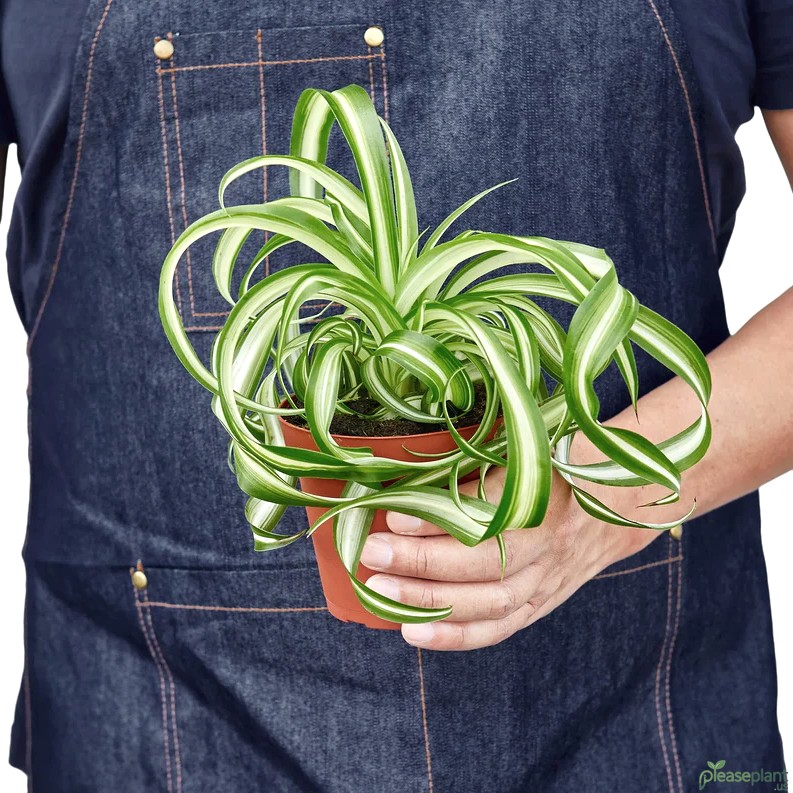Ever wondered what the fuss is about the Velvet Leaf Plant? This Philodendron variety is loved for its lush, soft leaves and easygoing nature. It’s not just a pretty face in your living room; it can improve air quality and add a cozy vibe. But what exactly is a Velvet Leaf Plant good for? Let me share some stories and tips from my years of growing these beauties indoors. Whether you’re a newbie or a seasoned plant parent, you’ll find some nuggets here to help your green friend thrive.
Let Me Tell You About The Velvet Leaf Plant
If you’re like me, always hunting for that perfect indoor plant that combines style and chill vibes, the Philodendron - Velvet Leaf Plant is a gem you shouldn't overlook. This plant isn’t just about its velvety, heart-shaped leaves that feel like soft suede under your fingertips; it’s also one of those plants that simply make your room feel more alive, more inviting. I remember when I first brought one home, skeptical if it would survive my somewhat chaotic care routine. Spoiler alert: it didn’t just survive, it thrived!
What Is The Velvet Leaf Plant Good For?
First off, it’s a beaut. The rich green leaves with that velvety texture add a lush, tropical vibe to any corner. But beyond the looks, this Philodendron is a natural air purifier. It filters toxins like formaldehyde and benzene from indoor air, making your home not just prettier but healthier too. Plus, it’s a low-maintenance buddy—thriving in moderate light and forgiving occasional forgetfulness when it comes to watering. Perfect for those busy or forgetful plant lovers!
Care Tips From My Own Experience
I’ve learned a few things the hard way. First, don’t overwater it. The Velvet Leaf prefers its soil to dry out a bit between drinks. Overwatering is a surefire way to invite root rot, and trust me, that’s one problem you don’t want to wrestle with. Another thing: while it tolerates lower light, it really shines in bright, indirect light. I once tossed mine near a north-facing window, and it looked a bit sad—like it was sulking. Moving it closer to a brighter spot perked it right up.
Common Questions and My Answers
People often ask, "Is the Velvet Leaf plant toxic?" Yes, it is mildly toxic to pets and kids, so keep it out of reach if you have curious cats or toddlers. Another question: "Can it climb or trail?" Absolutely! If you give it a moss pole or trellis, it’ll happily climb, showing off those velvet leaves even more dramatically.
Why It’s A Great Choice For Beginners
If you’re new to indoor gardening, this plant is forgiving and a bit of a mood booster. Its soft leaves invite touch, and watching it grow is oddly relaxing. It doesn’t scream for attention but quietly adds charm and freshness to your space. I’ve gifted these to friends who swear they can’t keep plants alive, and guess what? They’re still going strong a year later.
A Few Quirks Worth Knowing
The Velvet Leaf’s texture can collect dust easily, so give those leaves a gentle wipe now and then. Oh, and watch for pests like spider mites and mealybugs; they love this plant too. A quick neem oil spray usually does the trick, but if you ignore it, you might end up with a sad-looking plant. Lastly, don’t expect it to grow crazy fast—it’s more like a slow, steady companion rather than a show-off.
So, is the Philodendron - Velvet Leaf Plant good for you? If you want a plant that’s both beautiful and practical, with a touch of velvety softness to brighten your day, it just might be your next favorite houseplant.

